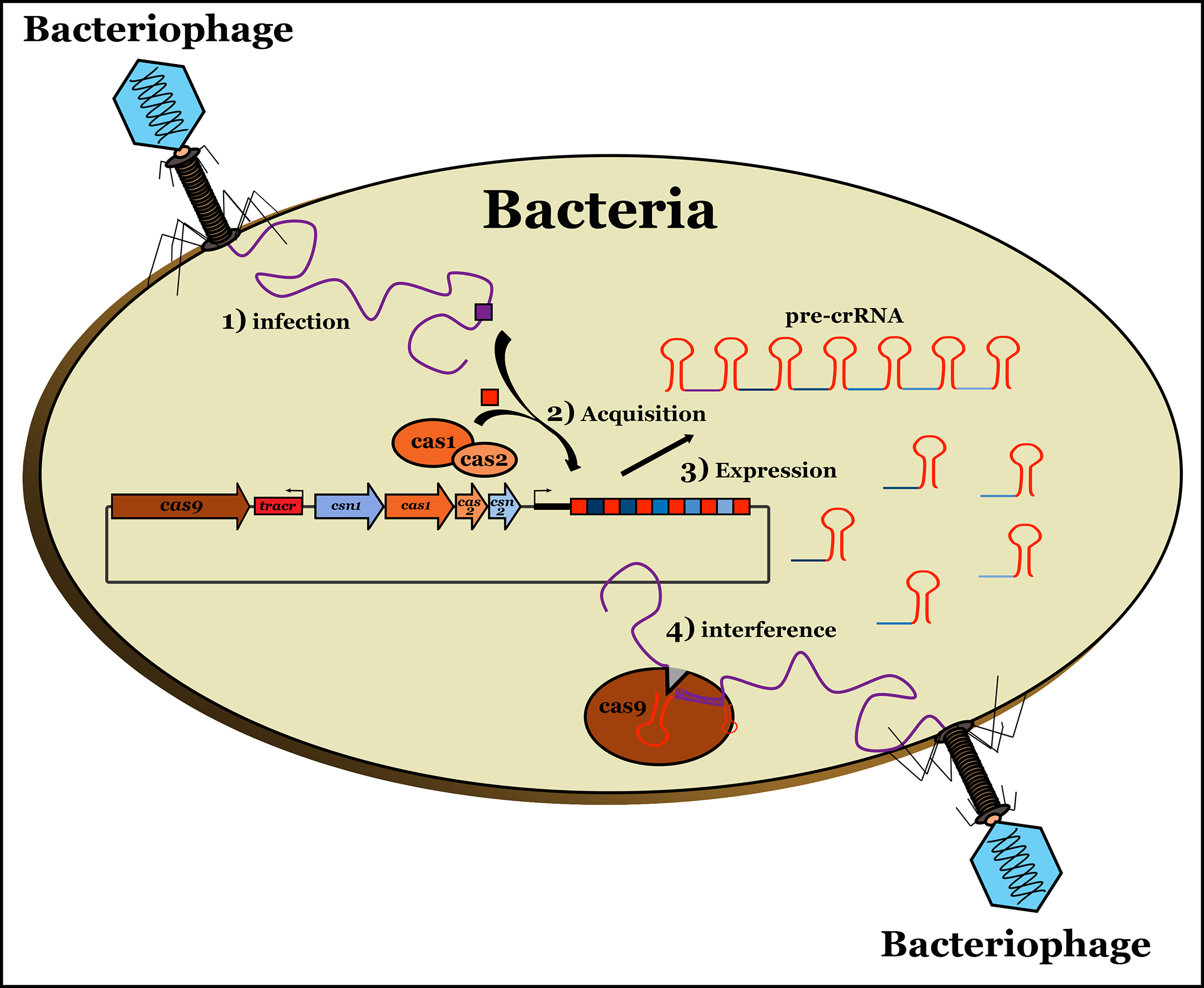Figure 1. The CRISPR-Cas systems function in bacteria and archea as adaptive immune systems against foreign genetic material.

The system is composed of a CRISPR array of alternating conserved repeats and target-specific spacers (protospacers) acquired from fragments of foreign genetic material. The bacterium creates a heritable memory of infection. Upon entry of a foreign invader (1 – infection), foreign DNA sequences are incorporated into the bacterial CRISPR locus (2 – acquisition) and subsequently the bacterium transcribes CRISPR RNAs (crRNAs) from the array which associate with Cas effector proteins to create a ribonucleoprotein surveillance complex (RSC) (3 – expression). The RSC recognizes a sequence directly downstream of the crRNA target sequence – the protospacer adjacent motif (PAM). Following guide binding, the Cas nuclease cleaves the target DNA leading to the clearance of the foreign invader (4 – interference) (Leenay and Beisel, 2017).
